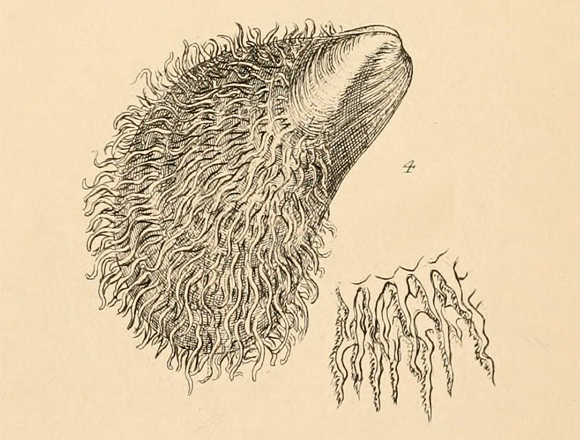
Above: drawing of Modiola barbata in Forbes & Hanley: British Mollusca vol. IV, London 1853, via BHL.
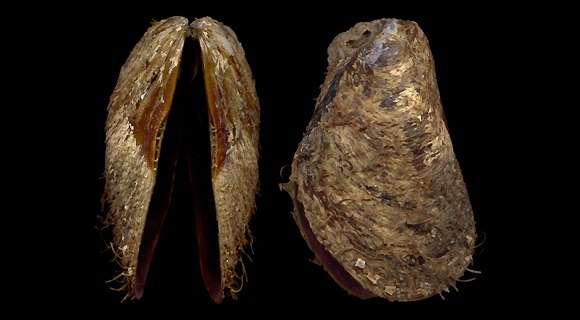
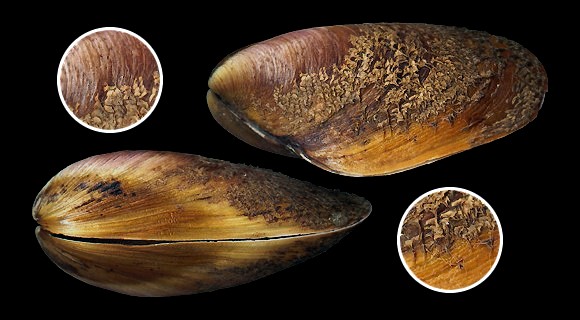
Shallow water, on rocks, Ancona, Marche, E. Italy. 45mm.
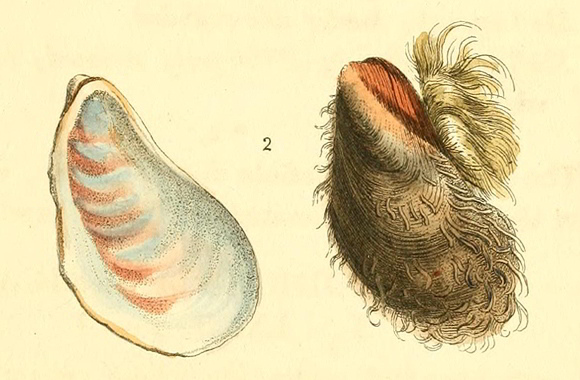
« Gibb’s Modiola – Shell externally fuscous, beneath the epidermis whitish ; internally whitish, with the posterior side reddish ; anterior margin with a broad sinuation ; hinder margin with a rounded wing. This species was first noticed as a distinct species by Mr. Gibbs (formerly collector for Montagu), who found several specimens on one of the western coasts of England. […] The serrated epidermis or beard, as well as the reddish mark within the shell, distinguishes it from Modiola Papuana ; the whole form of the shell also is different. »
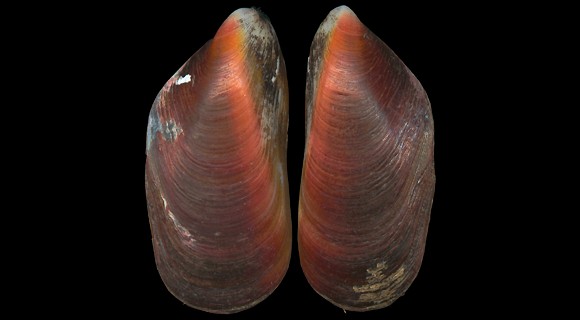
In lobster pot, Houmth Soukh harbour, Jerba, Tunisia. 40mm.
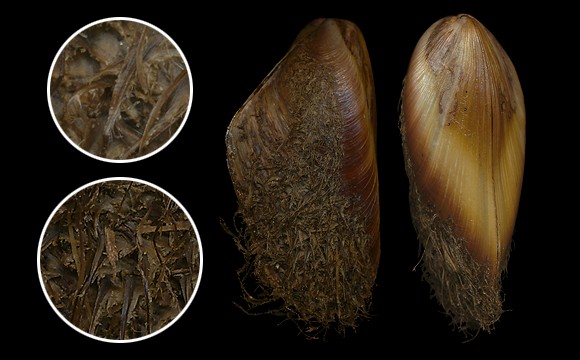
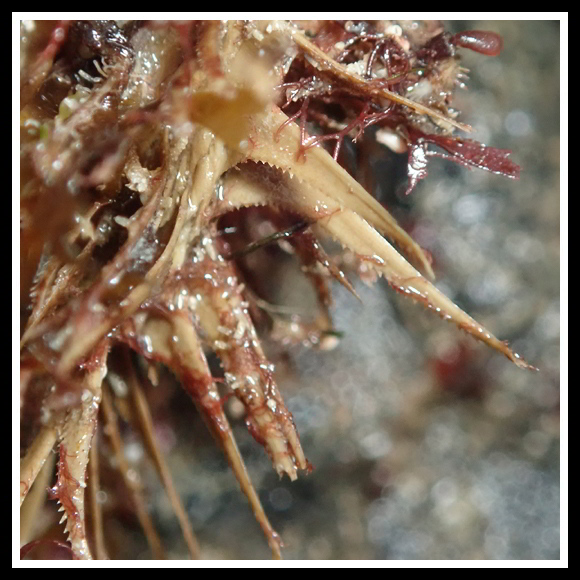
« Over the posterior half of the shell the periostracum bears long, flat bristles, each with a distinctly serrated edge. » (MarLIN). Pointe de la Briantais, Bassin de la Rance, NE Brittany, NW. France. Original picture provided by P. Corbrion for iNaturalist – (CC BY-NC-SA).
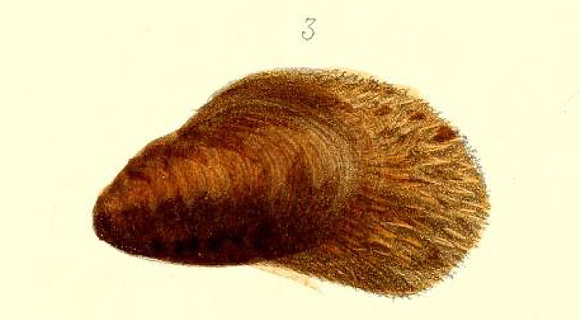
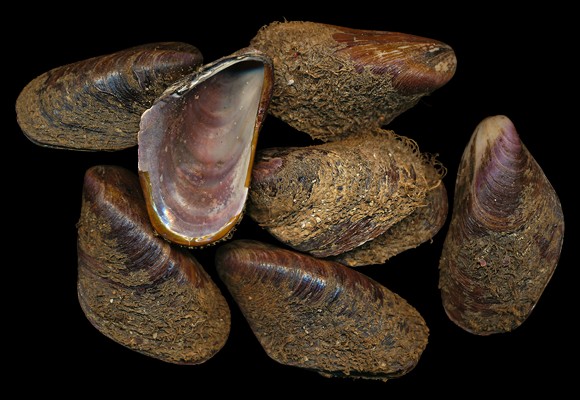
At low tide on rocks in mussels banks, Pointe des Minimes, La Rochelle, Charente-Maritime, W. France. 43-50mm. Notice the « anterior margin with a broad sinuation » observed by Leach.
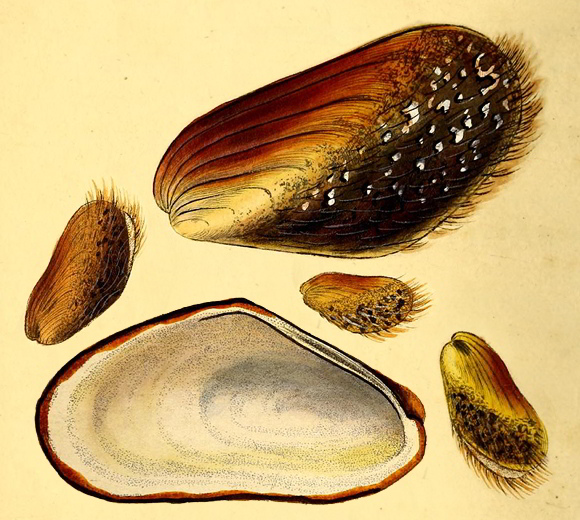
« Short, ventricose, obtuse, ferruginous yellow. An oblique space extending from the hinge to the apex, covered with a rude epidermis and irregular filaments. […] In trawling from marine productions in the Straits that divide Caernavon from Anglesea (Menai) last summer, we found several specimens of the Mytilus barbatus of a much larger size than any hitherto described by authors, as the figures in the annexed plate will fully express. Da Costa has not noticed this species, though it must have been known to him from the figures and descriptions in Pennant’s Zoology, where it stands under the name of M. curtus. […] Pennant’s specimen scarcely exceeds the size of the second specimen figured in our plate; – it was described from a Shell in the Portland Cabinet, that had been taken at Weymouth. Linnaeus mentions this species in the Fauna Suecica. Gmelin quotes the Works of Chemnitz for its figure, where it appears somewhat smaller than in those of Pennant. It is certainly very scarce. » No it isn’t.
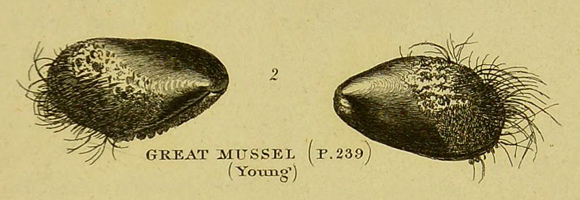
The young of the “Great Mussel”, labelled Mytilus curtus in T. Pennant: British zoology vol. IV, London 1812, plate LXVII. Pennant regards this hairy little shell as the young stage of the large Modiolus modiolus, and not as a young barbatus.